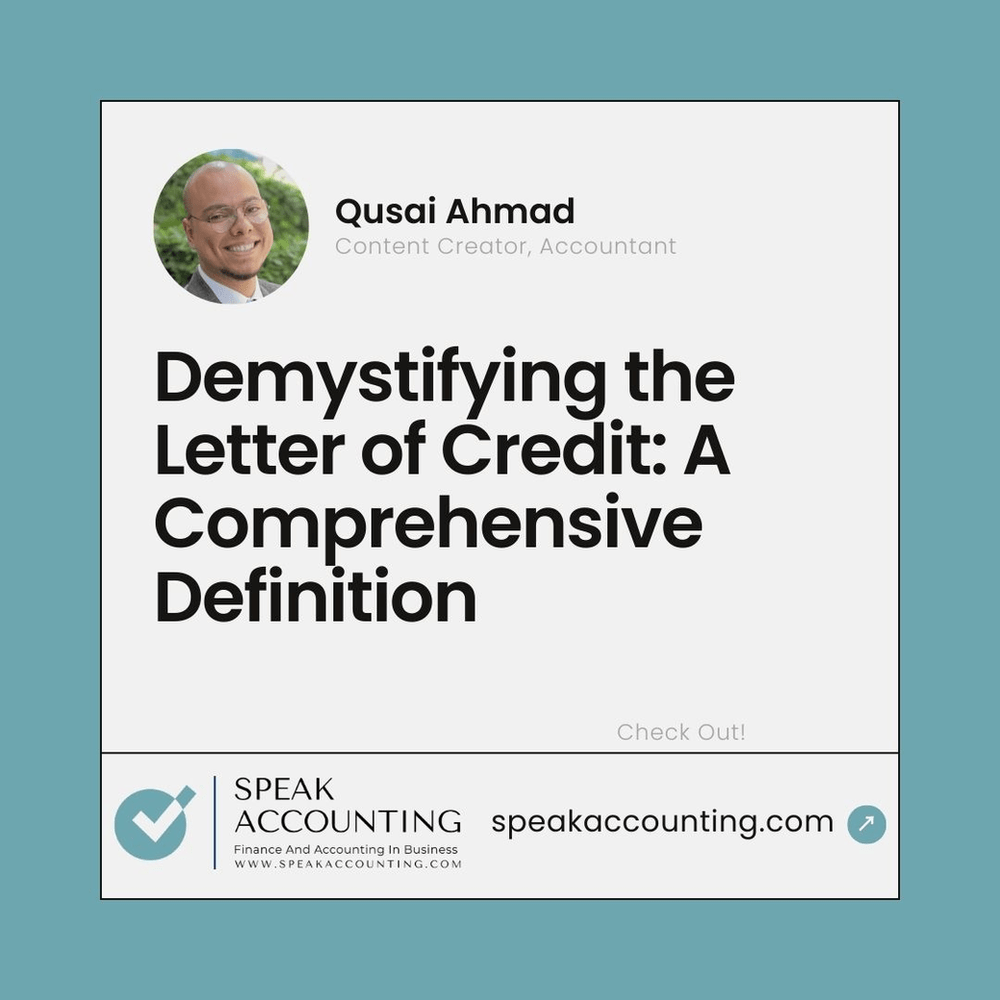Introduction
Understanding depreciation rates is not just a choreographed dance of numbers; it’s a strategic tool for informed decision-making in the world of business. Delving into the intricacies of depreciation rates can empower you to make better-informed business decisions, improve financial reporting accuracy, and strategically navigate the terrain of tax savings.
What is The Depreciation Rate?
Definition of depreciation rate
Depreciation rate, in the realm of accounting, signifies the systematic allocation of the cost of an asset over its useful life. This allocation recognizes the wear and tear an asset undergoes, ensuring financial statements accurately reflect its diminishing value.
Types of depreciation rates
In the intricate dance of accounting, various depreciation rates perform distinct moves.
- Straight-line
- Double declining balance
- Sum-of-the-years-digits methods
each has a role in the grand financial ballet.
How to use depreciation rates in accounting
Deciphering the cryptic language of depreciation rates is crucial for any accountant. These rates serve as the translator, converting an asset’s value into manageable, digestible portions for the books.
Why is Depreciation Rate Important?
Depreciation rate impacts net income
The subtle nuances of depreciation rates ripple through financial statements, influencing net income. As assets gracefully age, their declining value introduces a waltz of numbers that directly affect the bottom line.
Depreciation rate impacts taxable income
In the intricate tango between accounting and taxation, depreciation rates sway the outcome. Reducing taxable income, provides a strategic advantage in the fiscal dance.
Depreciation rate impacts cash flow
As the financial waltz continues, cash flow takes center stage. Depreciation rates, by allocating costs over time, impact the rhythm of cash movement within a business.
How to Calculate The Depreciation Rate
Straight-line depreciation method:
Formula:
Depreciation rate = (Cost of asset – Salvage value) / Useful life
Example:
If you have an asset that cost $10,000, has a salvage value of $2,000, and a useful life of 5 years, the depreciation rate using the straight-line method would be 16%.
Depreciation rate = ($10,000 – $2,000) / 5 years
Depreciation rate = 16%
Double declining balance depreciation method:
The double declining balance depreciation method is an accelerated depreciation method that results in a higher depreciation rate in the early years of the asset’s life. The depreciation rate is calculated by multiplying the book value of the asset at the beginning of the year by twice the straight-line depreciation rate.
Formula:
Depreciation rate = 2 * (Straight-line depreciation rate)
Example:
Using the same example as above, the depreciation rate for the first year using the double declining balance method would be 32%.
Depreciation rate = 2 * (16% straight-line depreciation rate)
Depreciation rate = 32%
The depreciation rate for the second year would be 19.2%, and so on.
Sum-of-the-years-digits depreciation method:
The sum-of-the-years-digits depreciation method is another accelerated depreciation method that results in a higher depreciation rate in the early years of the asset’s life. The depreciation rate is calculated by dividing the number of years remaining in the asset’s useful life at the beginning of the year by the sum of the years-digits for the asset’s useful life.
Formula:
Depreciation rate = Number of years remaining in asset’s useful life / Sum of the years-digits for asset’s useful life
Example:
Using the same example as above, the depreciation rate for the first year using the sum-of-the-years-digits method would be 40%.
Depreciation rate = 5 years remaining in asset’s useful life / 15 sum of the years-digits for asset’s useful life
Depreciation rate = 40%
The depreciation rate for the second year would be 32%, and so on.
Which depreciation method should I use?
The best depreciation method to use depends on the specific circumstances of your business. If you are looking to reduce your taxable income in the early years, then an accelerated depreciation method may be the best option for you. However, it is important to note that accelerated depreciation methods will also result in a lower book value for the asset in the later years of its life.
Factors to Consider When Choosing a Depreciation Method:
- Type of Asset:
Different assets may benefit from specific depreciation methods. For example, vehicles may be better suited for accelerated methods, while buildings may align well with straight-line depreciation. - Expected Useful Life:
The anticipated lifespan of an asset plays a crucial role. If an asset has a longer useful life, a method like straight-line depreciation might be more suitable. - Tax Goals:
Your company’s tax strategy can influence the choice of depreciation method. Accelerated methods may offer tax advantages in the short term, while straight-line provides consistency.
It is always best to consult with a tax advisor or accountant to determine the best depreciation method for your business.
Different Types of Depreciation Methods
Straight-line depreciation
A classic waltz in the accounting world, straight-line depreciation ensures a smooth, predictable financial dance.
Accelerated depreciation methods
Double declining balance method
A daring tango where depreciation takes center stage early on, creating a captivating rhythm in financial statements.
Sum-of-the-years-digits method
A nuanced foxtrot that balances acceleration and a structured approach, creating a distinctive financial choreography.
How Companies Use Depreciation Rates
Depreciation rates are used to match expenses to revenue
In the intricate ballet of business, depreciation rates waltz hand-in-hand with revenue, ensuring expenses align with the financial rhythm of the company.
Depreciation rates are used to reduce taxable income
As the fiscal waltz unfolds, companies leverage depreciation rates to elegantly reduce their taxable income, a strategic maneuver in the tax tango. Let’s explore specific examples of companies employing these strategies for financial grace, including a case study of a company using accelerated depreciation.
Depreciation rates are used to plan for future asset replacement
In the grand finale, depreciation rates play a crucial role in orchestrating the future, guiding companies to plan for the graceful replacement of aging assets. Let’s delve into more real-world scenarios of companies strategically planning for the future using depreciation rates.
Factors That Affect Depreciation Rate
The useful life of the asset
The length of an asset’s performance on the financial stage—the useful life—determines the pace of depreciation. A longer performance means a slower, more deliberate dance.
Salvage value of the asset
As the financial ballet concludes, the salvage value is the last note—an estimate of the remaining value after the final curtain falls.
Technological advancements
In the ever-evolving dance of technology, advancements can quicken the financial tempo, impacting how depreciation rates perform.
Environmental conditions
The external forces affecting an asset’s life—the environmental conditions—add an unpredictable twist to the financial dance.
How to find the rate of depreciation when salvage value or useful life is unknown
Look at depreciation rates for similar assets
In the intricate world of accounting choreography, observing the performances of similar assets unveils clues to estimating depreciation rates.
Use a standard depreciation rate
For those seeking a structured waltz, employing a standard depreciation rate offers a reliable, well-practiced routine.
Consult with a tax advisor or accountant
In the financial ballroom, seeking guidance from a tax advisor or accountant ensures a well-choreographed dance, aligning with regulatory nuances.
How Managers can use depreciation rates to their advantage
When negotiating prices with suppliers
In the negotiation tango, customers armed with the knowledge of depreciation rates sway the pricing conversation to a harmonious and advantageous cadence.
When making financial decisions for their business
Customers, as conductors of their financial orchestra, use depreciation rates as keynotes when composing decisions that resonate with long-term financial harmony.
Specific Examples of Companies Leveraging Depreciation Rates:
- Reducing Taxable Income:
Case Study: A manufacturing company strategically uses accelerated depreciation to lower taxable income, resulting in substantial tax savings in the initial years. - Matching Expenses to Revenue:
Example: A software development firm employs straight-line depreciation to ensure a consistent expense pattern, aligning with the steady revenue streams typical in the industry. - Planning for Future Asset Replacement:
Scenario: An infrastructure company utilizes depreciation rates to forecast and plan for the replacement of aging equipment, ensuring seamless operations.
The Impact of Depreciation on Asset Value:
Understanding why accelerated depreciation methods lead to a lower book value in later years is crucial. Let’s delve into this topic:
Why Accelerated Depreciation Results in Lower Book Value:
Accelerated methods front-load depreciation, expensing more in the early years. As a result, the book value decreases faster. This has implications for businesses:
- Borrowing Capacity:
A lower book value can impact a company’s ability to secure loans since lenders often assess assets for collateral based on book value. - Asset Sale Implications:
If considering selling an asset, a lower book value might affect the selling price, potentially impacting overall returns.
FAQ: Common Questions About Depreciation Rates
Unveiling the mysteries of depreciation rates, this section addresses common questions, offering clarity to those navigating the intricate dance of accounting.
What is depreciation, and why does it matter?
A: Depreciation is the gradual reduction in the value of an asset over time. It matters as it accurately reflects an asset’s diminishing value in financial statements.
How do different depreciation methods impact financial statements?
A: Methods like straight-line, double declining balance, or sum-of-the-years-digits influence the timing and amount of depreciation, directly affecting net income and the balance sheet.
Why is choosing the right depreciation method important for my business?
A: The right method aligns with the type of asset, its useful life, and your tax strategy, impacting financial stability and tax liabilities.
How do depreciation rates impact taxable income?
A: Depreciation rates lower taxable income, offering strategic advantages by reducing tax liabilities, especially in the early years of an asset’s life.
Can depreciation rates affect a company’s cash flow?
A: Yes, as depreciation allocates costs over time, influencing the rhythm of cash movement within a business.
What factors should I consider when estimating depreciation rates?
A: Consider the asset’s useful life, salvage value, technological advancements, and environmental conditions for accurate estimations.
How do businesses use depreciation rates to plan for the future?
A: Depreciation rates aid in forecasting asset replacement, allowing businesses to strategically plan for the future and ensure operational continuity.
What is the impact of accelerated depreciation on an asset’s book value?
A: Accelerated methods result in a lower book value in later years, influencing borrowing capacity and potential selling prices.
How can I determine the right depreciation method for my specific business circumstances?
A: Evaluate factors such as the type of asset, expected useful life, and tax goals. Consulting with a tax advisor or accountant is advisable for personalized guidance.
Can I negotiate prices with suppliers using knowledge of depreciation rates?
A: Absolutely! Armed with depreciation insights, negotiating prices becomes a strategic tango, ensuring advantageous conversations with suppliers.
Conclusion
As the financial ballet concludes, the significance of depreciation rates in the grand performance of accounting and finance becomes clear. Their role in shaping financial narratives, influencing decisions, and orchestrating the rhythm of business is unparalleled.
To master the dance of depreciation rates and lead your business into a harmonious financial future, take the next step.
Dive deeper into the intricacies, seek professional guidance, and waltz confidently through the evolving landscape of accounting. Subscribe right now to our blog to stay updated with all the new things.




